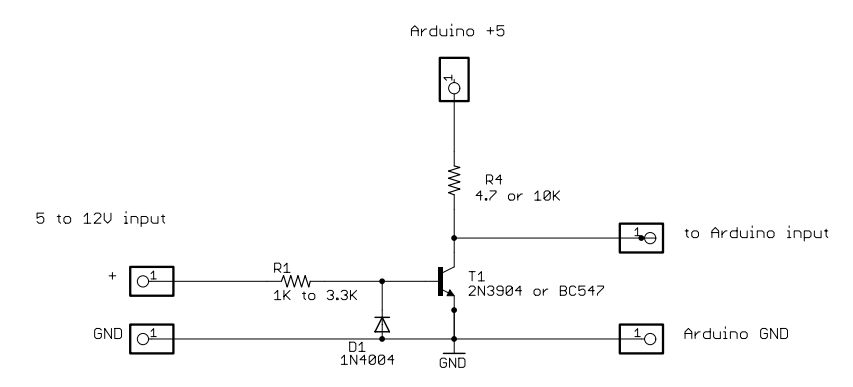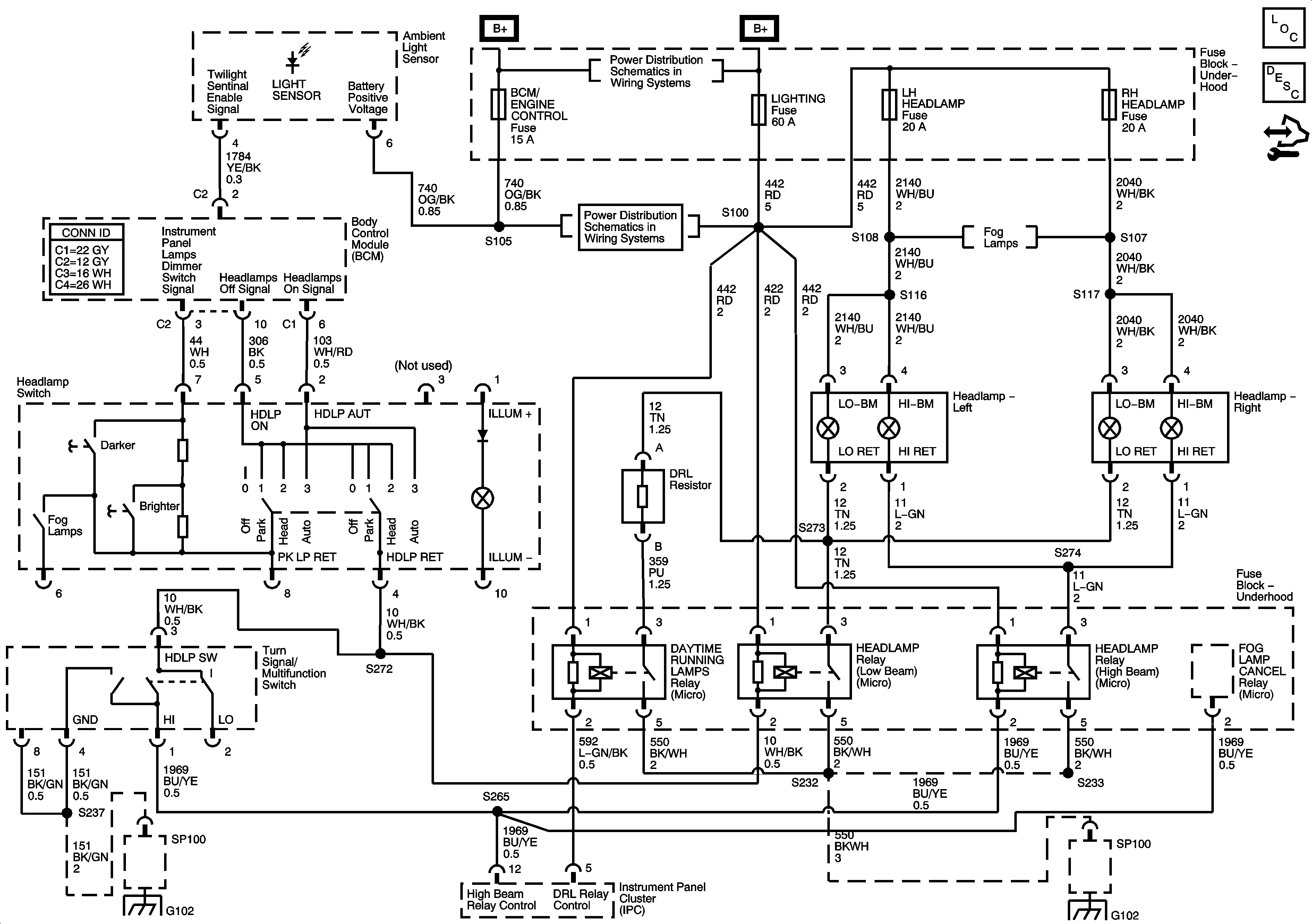
Auto-advance projector

The circuit is constructed using a 4001 quad two-input NOR gate, allowing for switch-selectable auto-advance times of 5, 10, 15, 20, 25, or 30 seconds through the remote control socket of a projector. Ula and Ulb create an astable multivibrator, with its operating frequency determined by the number of timing resistors activated through switch S2. The frequency is approximately one cycle every five seconds with a single timing resistor, one cycle every ten seconds with two resistors, and so on, resulting in six selectable time intervals. The output from the astable at pin 4 of Ulb is connected to the input of a monostable multivibrator, which consists of the second pair of gates, Ulc and Uld. The timing components R7 and C3 establish the duration of the positive output pulse from the monostable, which lasts just over half a second.
The monostable is triggered by each positive-going input from the astable. Consequently, the output from the monostable generates a series of short pulses, with the interval between these pulses controlled by switch S2. The output of the monostable, located at pin 11, drives a relay through Ql, which is configured as an emitter-follower buffer stage. The projector is operated via the normally-open contacts of relay Kl. When the output from the monostable becomes positive, the relay contacts close, activating the slide-change mechanism of the projector. The monostable ensures that power is supplied to the relay only momentarily, preventing the projector from operating multiple times in quick succession.
The circuit utilizes a 4001 quad two-input NOR gate, which plays a crucial role in both the astable and monostable configurations. The astable multivibrator is designed to produce a continuous square wave output, where the frequency can be adjusted based on the selected timing resistors. The switch S2 allows the user to choose from six different timing intervals, effectively modifying the resistance in the circuit, which in turn alters the oscillation frequency of the astable multivibrator.
The monostable multivibrator is triggered by the rising edge of the output from the astable, generating a single pulse of a fixed duration for each trigger event. This pulse is defined by the values of R7 and C3; thus, careful selection of these components is essential for achieving the desired timing characteristics. The emitter-follower configuration of transistor Ql ensures that the relay is driven effectively without loading the monostable output, allowing for reliable operation of the projector’s slide-change mechanism.
The relay Kl is critical for interfacing the low-power control signals from the circuit with the higher-power requirements of the projector. The normally-open contacts of the relay provide a simple and effective means to control the projector's operation, ensuring that the slide-change mechanism is activated only when necessary. This design minimizes the risk of unintended multiple slide changes, thereby enhancing the reliability of the projector's operation during presentations.The circuit is built around a 4001 quad two-input NOR gate, it provides switch selectable auto-advance times of 5, 10, 15, 20, 25 or 30 seconds through the remote-control socket of your projector. Ula and Ulb form an astable multivibrator, with its operating frequency dependent on the number of timing resistors switched into the circuit via S2.
The frequency is about one cycle for every five seconds with a single timing resistor, one every ten seconds with two resistors, etc., providing six switched time intervals. The output of the astable at pin 4 of Ulb is fed to the input of a monostable multivibrator, consisting of the second pair of gates, Ulc and Uld.
R7 and C3 are the timing components; they set the length of the (positive) output pulse of the monostable at a little more than half a second. The monostable is triggered by each positive-going input it receives from the astable. The output from the monostable therefore, consists of a series of short pulses, the interval between the pulses being controlled using S2. The output of the monostable (at pin 11) controls a relay by way of Ql, which is configured as an emitter-follower buffer stage.
The projector is controlled via the normally-open contacts of relay Kl. When the output of the monostable goes positive, the relay contacts close, triggering the slide-change mechanism of the projector. The monostable assures that the power to the relay is applied only briefly by the timer, so that multiple operation of the projector is avoided.
The monostable is triggered by each positive-going input from the astable. Consequently, the output from the monostable generates a series of short pulses, with the interval between these pulses controlled by switch S2. The output of the monostable, located at pin 11, drives a relay through Ql, which is configured as an emitter-follower buffer stage. The projector is operated via the normally-open contacts of relay Kl. When the output from the monostable becomes positive, the relay contacts close, activating the slide-change mechanism of the projector. The monostable ensures that power is supplied to the relay only momentarily, preventing the projector from operating multiple times in quick succession.
The circuit utilizes a 4001 quad two-input NOR gate, which plays a crucial role in both the astable and monostable configurations. The astable multivibrator is designed to produce a continuous square wave output, where the frequency can be adjusted based on the selected timing resistors. The switch S2 allows the user to choose from six different timing intervals, effectively modifying the resistance in the circuit, which in turn alters the oscillation frequency of the astable multivibrator.
The monostable multivibrator is triggered by the rising edge of the output from the astable, generating a single pulse of a fixed duration for each trigger event. This pulse is defined by the values of R7 and C3; thus, careful selection of these components is essential for achieving the desired timing characteristics. The emitter-follower configuration of transistor Ql ensures that the relay is driven effectively without loading the monostable output, allowing for reliable operation of the projector’s slide-change mechanism.
The relay Kl is critical for interfacing the low-power control signals from the circuit with the higher-power requirements of the projector. The normally-open contacts of the relay provide a simple and effective means to control the projector's operation, ensuring that the slide-change mechanism is activated only when necessary. This design minimizes the risk of unintended multiple slide changes, thereby enhancing the reliability of the projector's operation during presentations.The circuit is built around a 4001 quad two-input NOR gate, it provides switch selectable auto-advance times of 5, 10, 15, 20, 25 or 30 seconds through the remote-control socket of your projector. Ula and Ulb form an astable multivibrator, with its operating frequency dependent on the number of timing resistors switched into the circuit via S2.
The frequency is about one cycle for every five seconds with a single timing resistor, one every ten seconds with two resistors, etc., providing six switched time intervals. The output of the astable at pin 4 of Ulb is fed to the input of a monostable multivibrator, consisting of the second pair of gates, Ulc and Uld.
R7 and C3 are the timing components; they set the length of the (positive) output pulse of the monostable at a little more than half a second. The monostable is triggered by each positive-going input it receives from the astable. The output from the monostable therefore, consists of a series of short pulses, the interval between the pulses being controlled using S2. The output of the monostable (at pin 11) controls a relay by way of Ql, which is configured as an emitter-follower buffer stage.
The projector is controlled via the normally-open contacts of relay Kl. When the output of the monostable goes positive, the relay contacts close, triggering the slide-change mechanism of the projector. The monostable assures that the power to the relay is applied only briefly by the timer, so that multiple operation of the projector is avoided.





